The Roman Empire’s relationship with Christianity famously began at Christianity’s inception. In the Bible, Jesus Christ was born during a Roman census and later put to death by Pontius Pilate. For the next three centuries, Christians were sporadically persecuted and often driven underground, forcing Roman and Christian artistic styles to blend.
Christian History in Rome
Our Christian History Tour with Vatican Museums, Sistine Chapel, Rome Catacombs and Appian Way is a great way to spend the day experiencing the history of art, culture, and Christianity in Rome. First, you will visit the burial grounds of both ancient early Christians in Rome and Franciscan Friars before spending the afternoon at the Vatican.
Persecution, Then Tolerance
In Christianity’s first couple of centuries, persecution was rarely mandated by the emperor on a large scale. The best-known exception, however, occurred when Emperor Nero blamed Christians for starting the Great Fire of 64 CE.
While localized persecution persisted in some parts of the empire, Christians would not be mistreated again on a large scale until 250 CE. At that point, for about two years Christians were required to make sacrifices to the Roman gods or face death.
This time led by Emperor Decius, this short-lived maltreatment was part of an attempt to restore Roman paganism to the empire. Even under harassment, Christians gradually began taking public office as future emperors inched towards tolerance.
Although Christianity began in the Roman Empire, it was not until the fourth century that religious tolerance for Christians was granted. In 311 CE, Emperor Galerius issued the Edict of Toleration, which helped foster Christianity’s rapid expansion throughout the empire.

“The First Christian Emperor” Constantine continued to expand the rights of Christians in 313 CE when he gave Christianity legal status in the Western Roman Empire. Constantine earned his nickname in large part because of his deathbed conversion to Christianity.
The best-known story involving Constantine and Christianity is his vision of the cross. Constantine saw a cross of light in the sky prior to battle and believed it was a sign from the Christian God. Constantine’s vision significantly warmed his attitude towards Christianity.
Emperors Theodosius, Gratian, and Valentinian continued to institutionalize Christianity by making it the official religion of the Roman Empire. In 380 CE they issued the Edict of Thessalonica, naming Catholic Christianity as the official faith of the Roman Empire.
Top Colosseum Tours
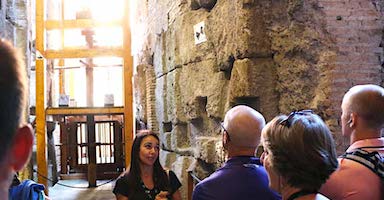
Best Seller
Colosseum Underground Tour with Roman Forum and Palatine Hill
Only 2% of visitors to the Colosseum are able to see the Underground, making tours a rare, exclusive experience. Our tours give you access to the Underground, Arena Floor, and first and second tiers—areas most people never see. Skip the line and enjoy priority access, guided by an expert who brings the Colosseum’s rich history to life. These spots sell out quickly, so don’t wait—secure your place now for this unforgettable opportunity.
See Prices
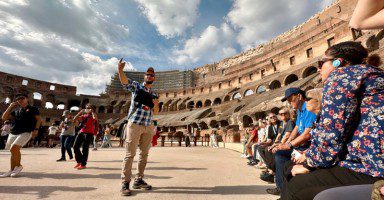
Customer Favorite
Special Access Colosseum Arena Floor Tour Through the Gladiator’s Gate
Reaching the Colosseum’s Arena Floor is no easy feat; tickets sell out quickly, leaving most visitors stuck in crowded corridors with limited views. With us, bypass the lines and enter through the Gladiator’s Gate to stand on the Arena Floor, giving you a front-row view of Rome’s nearly 2,000-year-old symbol of power and glory. With your friendly guide, uncover the Colosseum’s brutal past, then continue to the Roman Forum and Palatine Hill to explore the epicenter of ancient Roman life.
See Prices
Christianity Goes Underground
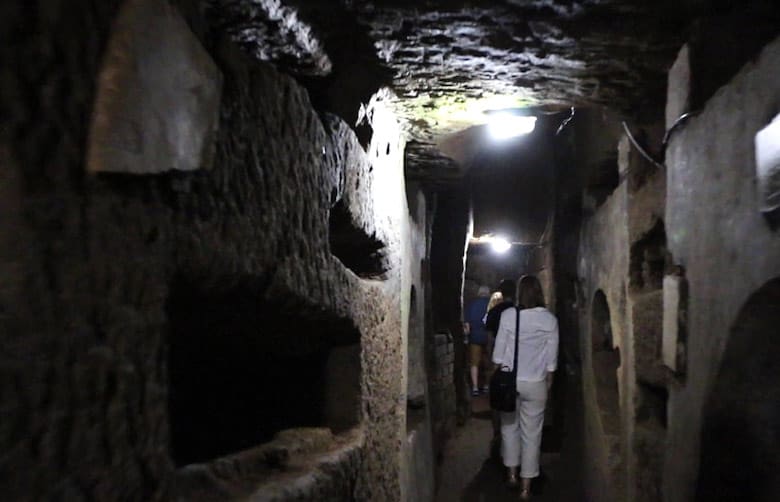
Early Christian burial practices made use of the Roman catacombs. First used by Christians in the second century, the catacombs became popular because Roman law forbade Christian burial within the city of Rome. Land ownership at the time was also tenuous for Christians.
Early Christians embraced the Catacombs for other reasons as well. The catacombs provided a safe place for worship, and to keep the dead for Resurrection. The various catacombs contained the bodies of ordinary Christians, martyrs, and saints, making it a holy place as well.
The Catacombs are popular today not only because of their association with the macabre but also due to the artwork they contain. The catacombs hold many frescos which show the development of Christian art through the seventh century.
The art consists of frescos from the Old and New Testaments, as well as sculptures and medallions that were usually made from glass and gold. These works have been invaluable to art historians in their endeavor to understand early Christian culture.
Eventually, the catacombs fell out of favor with Christians. Once Christianity became the official religion of the Roman Empire, Christians increasingly began burying their dead above ground in cemeteries. By the sixth century, the catacombs were only used for church memorial services.
Christian Burial Art
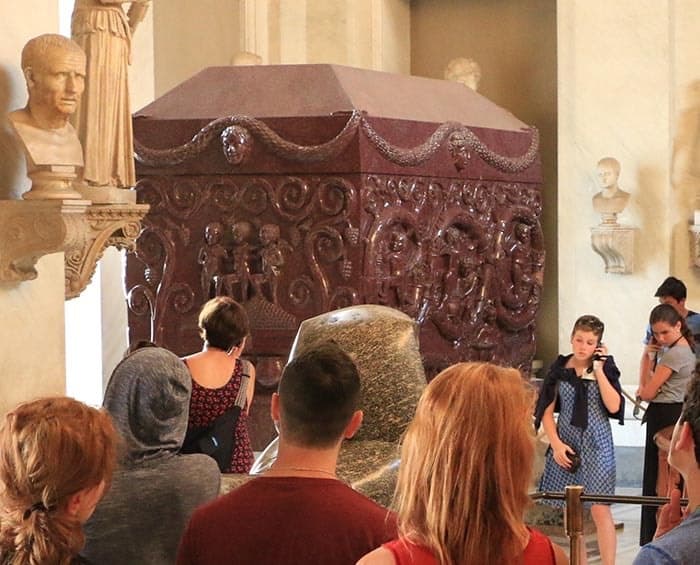
Though the catacombs are no longer used, a significant amount of early Christian art has survived in the Vatican Museums. Among the best surviving examples are the Dogmatic and Constantia Sarcophagi, carved between 320 and 355 CE.
The reliefs on the Dogmatic Sarcophagus depict a series of biblical scenes. Most scenes come from the New Testament and depict the lives of Jesus Christ and St. Peter. Biblical figures are dressed in fourth-century attire, even showcasing popular ancient haircuts from the 330s CE.
Similarly, the Sarcophagus of Constantia at the Vatican Museums shows an interesting mix of Roman and Christian imagery. Her sarcophagus depicts cherubs harvesting grapes, utilizing the imagery of both the Christian eucharist and the Roman god Dionysus.
Popular Vatican Tours
Best Selling Tour
Privileged Entrance Vatican Tour with Sistine Chapel
Without the right access, visiting the Vatican means fighting crowds, long waits, and missing the most significant rooms and works of art. Our privileged entrance tour offers more than just entry—it’s an immersive experience led by a storytelling guide who brings the Vatican to life. Skip the line and explore the Vatican Museums, including the Raphael Rooms and the Sistine Chapel, with engaging insights that make each moment memorable and meaningful.
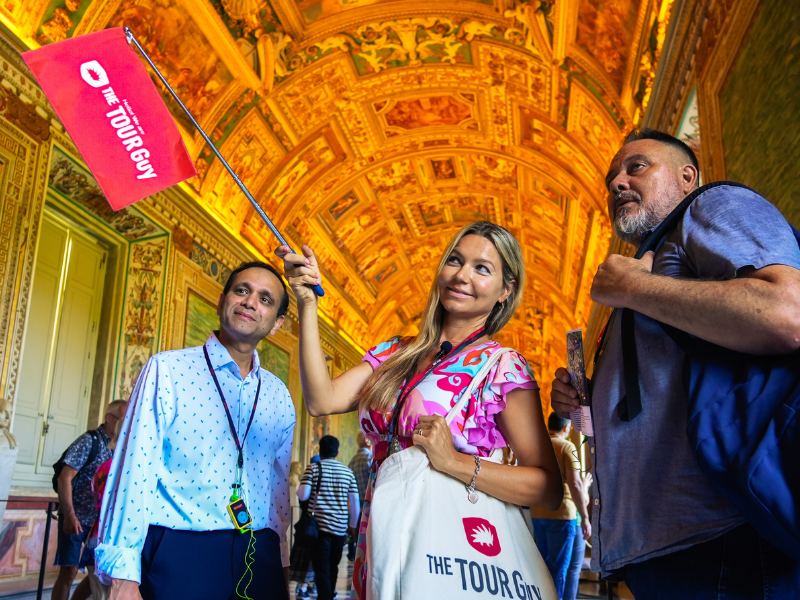
Exclusive Value
Vatican at Closing Time with Sistine Chapel
Exploring the Vatican during the day can mean massive crowds and enduring long lines. With skip-the-line access and an engaging guide, you’ll uncover the captivating stories behind the galleries and enjoy the awe-inspiring beauty of Michelangelo’s Sistine Chapel in a serene setting. Your friendly guide offers a rare perspective, allowing you to experience the Vatican Museums after most visitors have left, making your visit truly extraordinary.
See Prices
Other Must-Sees
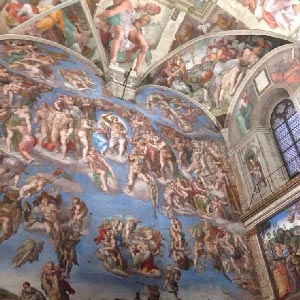
Besides ancient Christian art, the Vatican Museums maintain one of the most popular art collections in the world. Within their collection are masterpieces by da Vinci, Giotto, Raphael, and Caravaggio, as well as Michelangelo’s Sistine Chapel.
So be sure to visit and peek at an ancient fresco or see where some of the first Christian churches were!
Here’s Where To Stay in Italy’s Most Popular Destinations
Rome, Florence, Venice, Amalfi Coast, and Capri


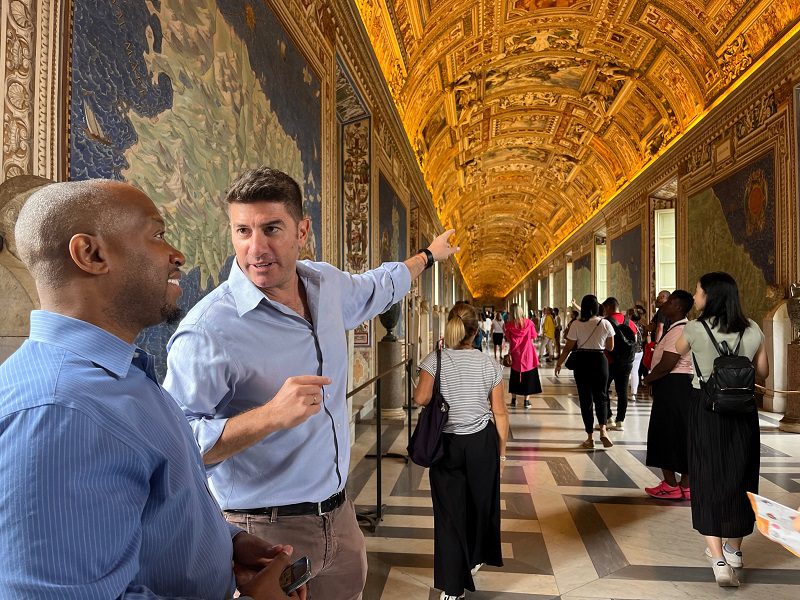
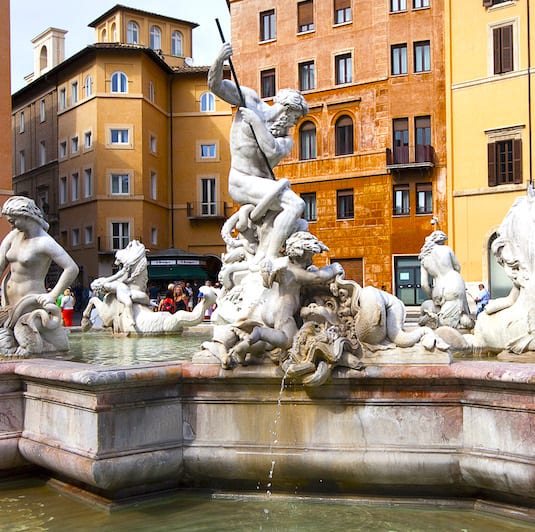
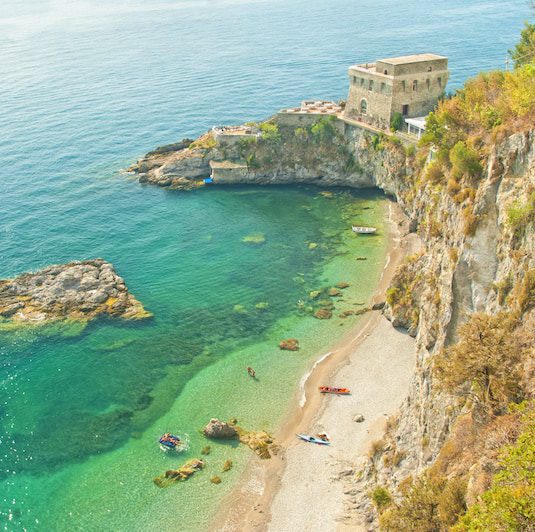
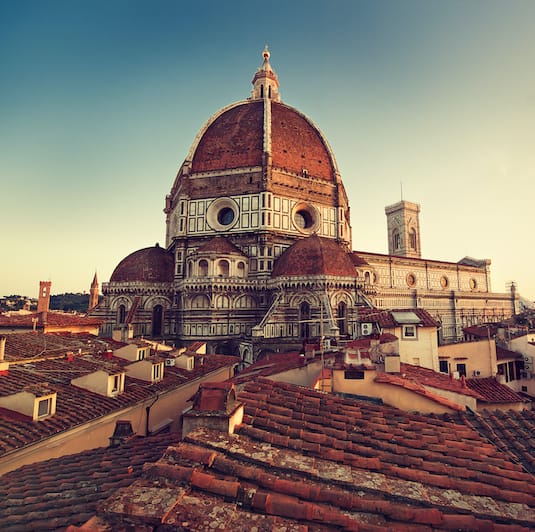
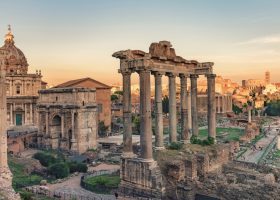

Looks like ancient roman Christianity was purer than now.